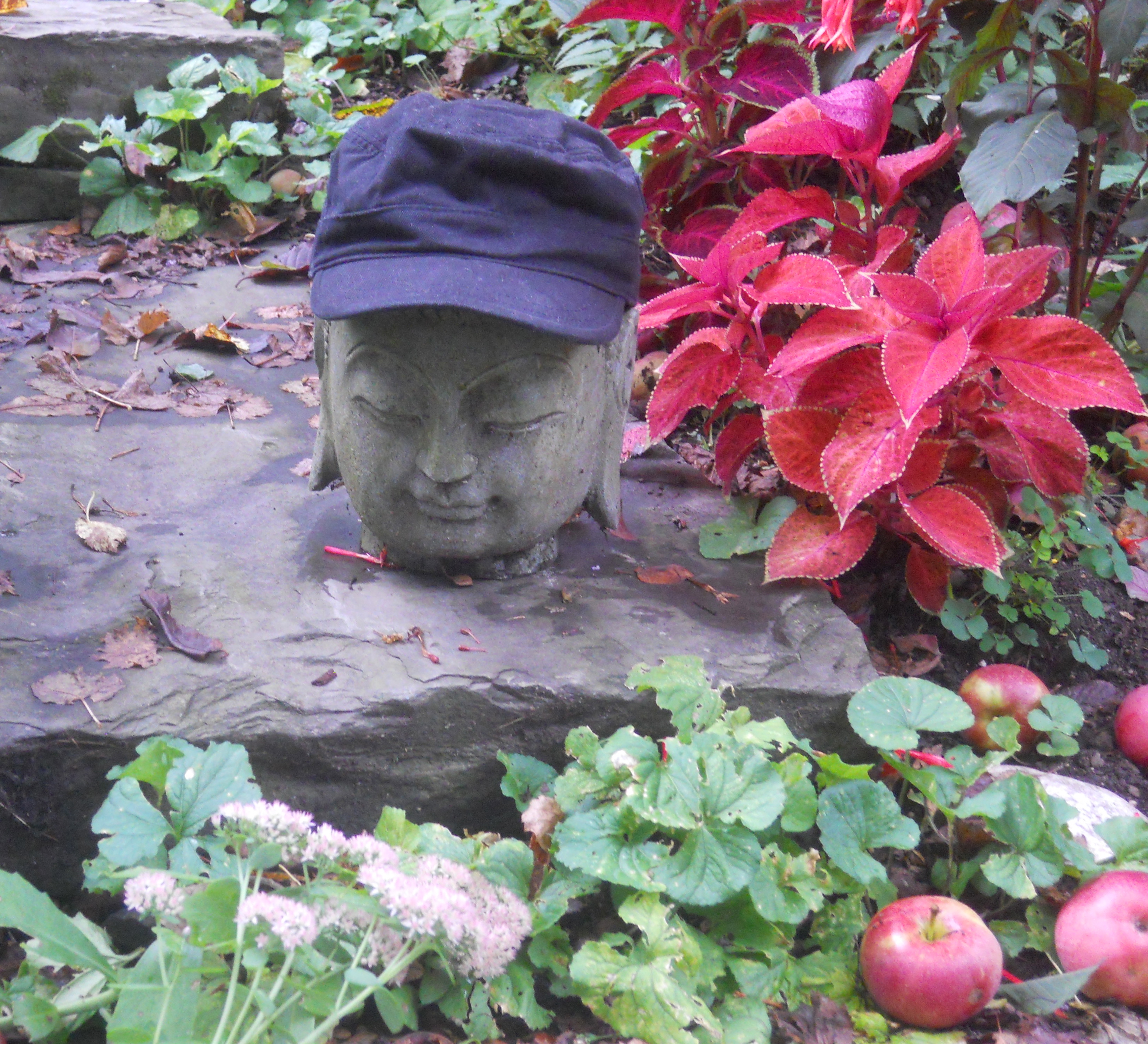I was fascinated a few weeks ago when I heard the news of the discovery of a new human ancestor, an extinct hominid named Homo naledi. I guess my interest was peaked partly because I used to teach about human evolution in a history class, and mostly because I never stopped being interested in anthropology and the broader question of “Who are we humans?”
The remains of Homo naledi were discovered in a cave in South Africa, in a great cache of bones. It is now thought to have been a burial site, since the bodies seemed to have been placed in a very difficult to reach cave. The males of the species stood about 5 feet tall, weighing about 100 pounds, and their skulls were slightly bigger than Australopithecines (the first upright walking hominid) and smaller than Homo erectus (the first hominid to leave Africa), and about half the size of modern humans. The discovery adds knowledge and also raises great questions about human ancestry. For example, just a few years ago it was thought that Neanderthal was the first hominid species to bury its dead. The Neanderthal lived from about 400,000 years ago to 39,000. This find would contradict that theory and push back the use of rituals and burials possibly 3 million years.
The discovery was also a personal reminder that my theories and knowledge are always partial. Although I know that everything changes, know that life itself is change, I still get surprised when a theory or understanding I hold must be let go. When I taught history, I did not expect that the “facts” I discussed would soon be altered. How do you teach knowing that everything you teach might change at any time? How do you understand anything knowing that the details, and theories based on those details, might change at any time? What a great question to pose to a class.
A great way to start any history class (or one in biology, human cultures, or a class on the literature of identity) is by asking this central question of anthropology: “What makes us human?” If you don’t have a grounding in the basics of humanness, how can you understand, for example, historical cause and effect? The laws of cause and effect in a group of baboons operate slightly differently than in a group of bonobo chimps (the species arguably closest to our own). Certainly, I have heard debates about politics, for example, where some speakers sound like they’re talking about baboons, others like bonobos, neither about humans. If you think humans are like baboons, you also use teaching methods created for baboons. In fact, I think many of the proposals for holding teachers accountable were formulated by mistaking humans for baboons.
One of the great characteristics of the human brain is its adaptability. Humans live in and have adapted to enormously different conditions. When I studied psychology in college in the 1960s, it was thought that the brain stops growing and new neurons stop being created after adolescence. Contemporary neuroscience disagrees. There’s the concept of neuroplasticity or the constantly changing nature of the brain, as well as neurogenesis, or the ability to produce new brain cells. But the ability to adapt and to change obviously has its limits, partly due to biology, partly due to attitude, conditioning and experience. For example, the hippocampus, part of the emotion center of the brain, is responsible for neurogenesis and creating new brain pathways. It is very sensitive to trauma and stress and to how these two are interpreted. If stress is habitual, the hippocampus can shrink and slow neurogenesis. If stress is seen as occasional and as something to learn from, it is very different from thinking it unnatural and a result of a deficit in your character. What we think is true has tremendous influence on what we create to be true.
Neuropsychologist and author Rick Hanson quotes a native American saying in his book Buddha’s Brain: The Practical Science of Happiness, Love, and Wisdom: “In my heart there are two wolves: a wolf of love and a wolf of hate. It all depends on which one I feed each day.” Which one will you feed? Feed with your ideas and speech as well as your actions? Which one will our society feed in our systems of educating our youth? Which one will you as a teacher feed in your classroom, or you as a parent or child feed in your homes? How will you answer the question, in your life, “Who are we humans?”




